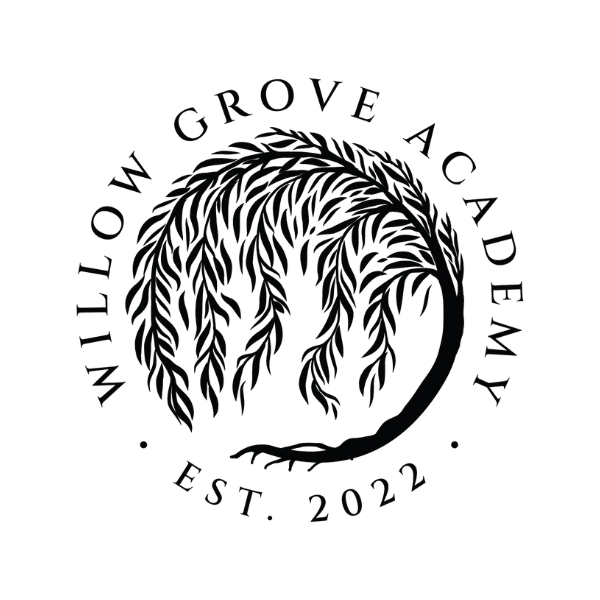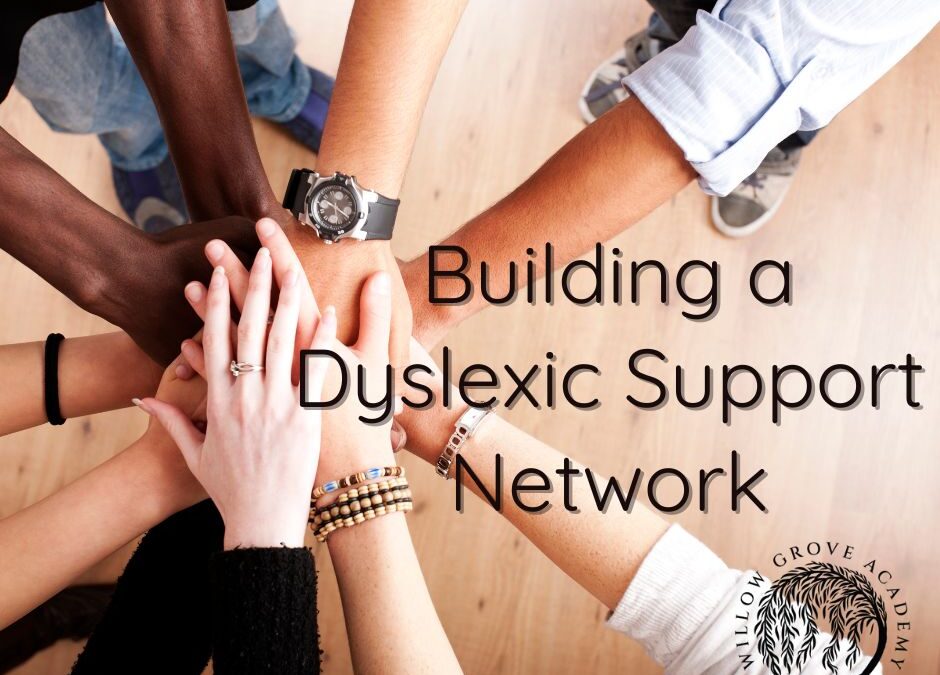Initially, when faced with a dyslexia diagnosis, “overwhelming” can be a good word to describe how it feels.
It takes time to process what dyslexia is, how it might change your child’s educational path, and where to start with this new normal. Even with this transition, homeschooling is actually the best place for the changes to take place.
Homeschooling allows you to customize instruction specifically tailored to your child’s needs.
Often in a school setting, parents report that their dyslexic child experienced significant struggles academically and “fell behind” in school. This is not the case when you are in charge of your child’s instruction.
How to Find a Dyslexic Network:
- Your first step is to create a remediation plan that works for your child and your family.
The two options are to train yourself in reading intervention or to seek professional help.
If you choose to go the professional route, because you have time during the day, you will have an easier time finding a reading interventionist. You aren’t competing for the later afternoon hours after school gets out, it should not be challenging to find someone to work with your child.
Often children with dyslexia can have comorbid conditions such as dyscalculia, dysgraphia, and/or ADHD.
2. The path for dyscalculia and dysgraphia intervention is again to seek training for yourself or find a professional.
ADHD may require help from your family physician. As you educate yourself on how to help your child, you will find that there is a great deal of overlap in interventions for dyslexia, dyscalculia, and dysgraphia. That makes it easier for you to custom tailor curriculum across all subjects for your child.
3. Make reading, math, or handwriting intervention part of your school routine, do not incorporate it in addition to all the other subjects you “need” to cover.
You may even find that you need to cut a few subjects out for a period. This is ok, what is more important than learning the 3R’s? There is always time later to get to the other subjects.
As you navigate this new normal, you will no doubt come across other parents that are dealing with the same issues. New friendships for you and your child are frequently forged.
As I worked through dyslexia and dyscalculia interventions, I found a number of moms struggling like I was. Through this, we started to trade services, worked with each others’ children (sometimes someone other than mom is what your child wants) and eventually formed our own network of classes that we taught together.
It was nice to be able to create classes that were specifically designed for dyslexic, reluctant readers or tailor a math program to work at a slower pace for our math strugglers.
Since we all knew each other and the kids well, we were also able to customize accommodations. As hard as those early years were, they were really good times! It was awesome to come together with families struggling like we were and pool our resources. And even though it was comforting to me to have a like-minded community, the students were the ones that benefitted the most.

